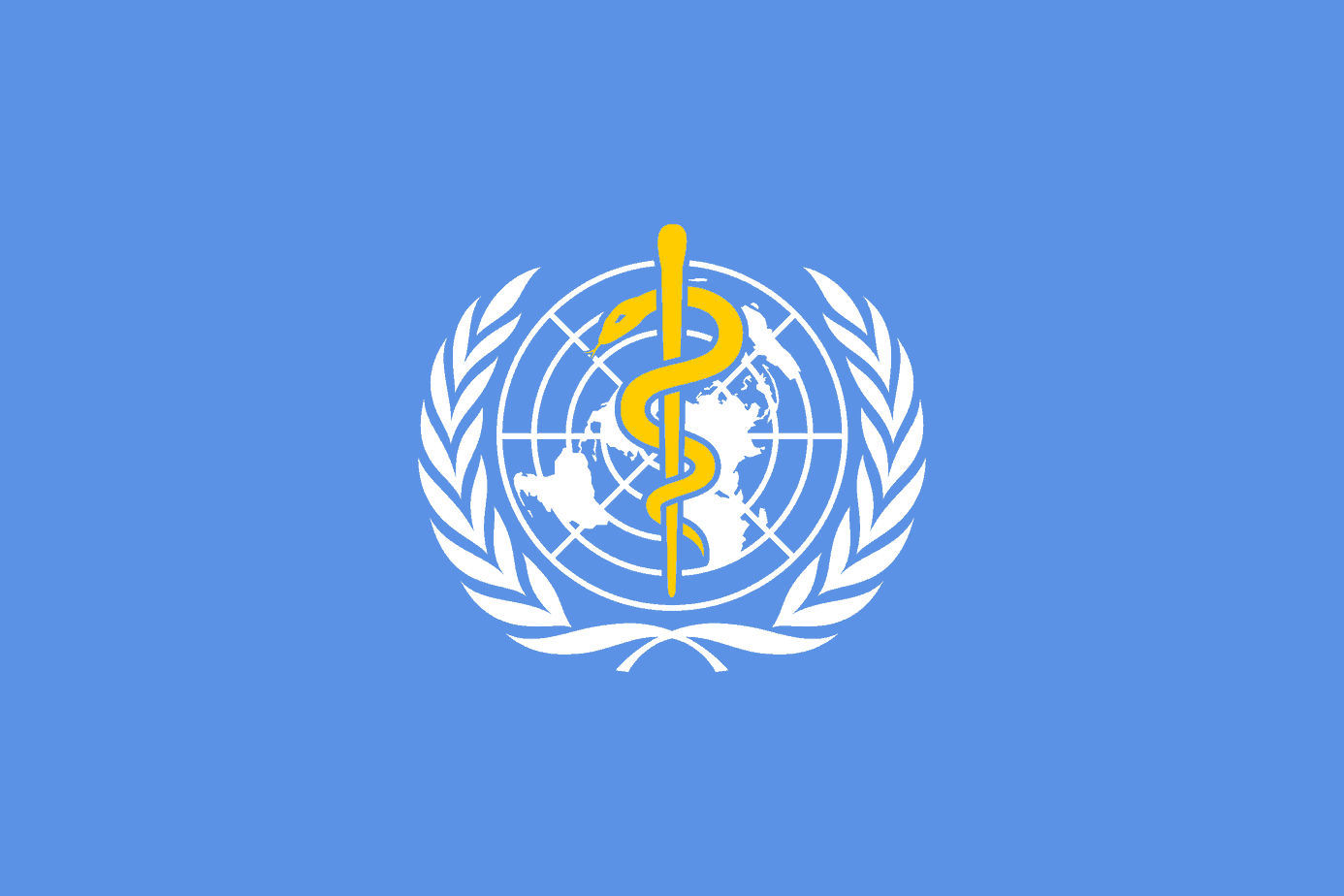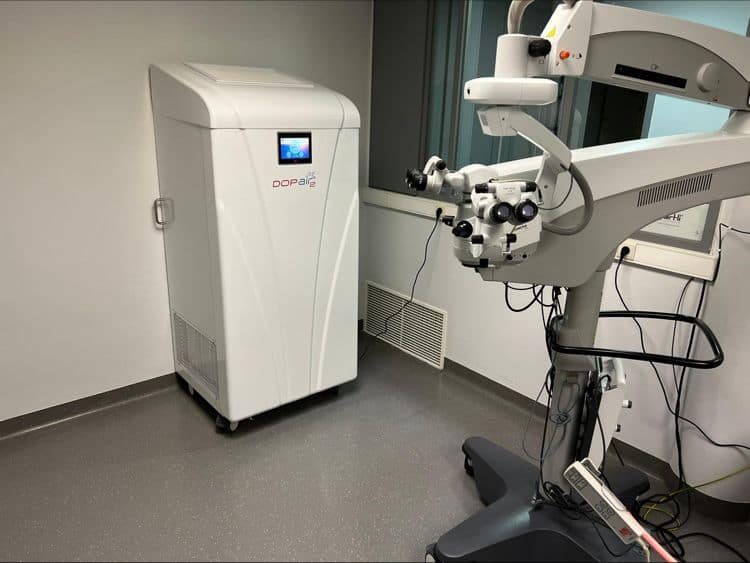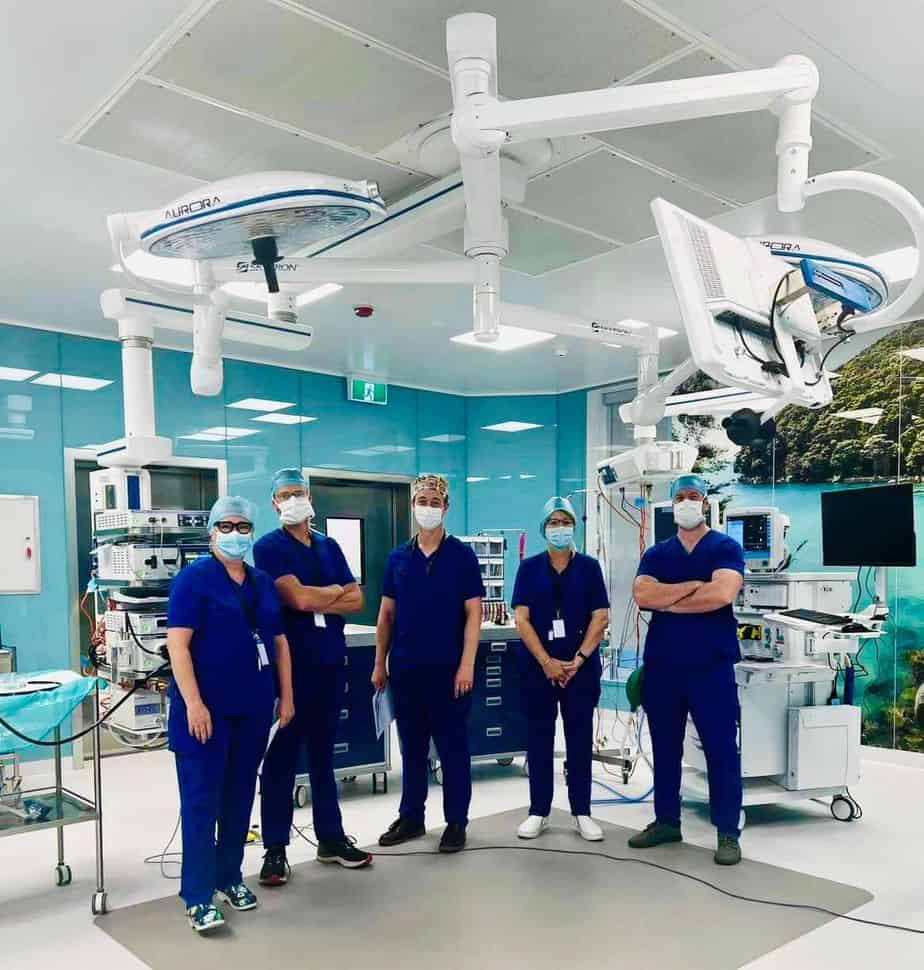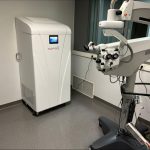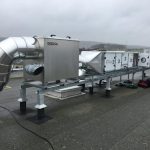Communicable and infectious diseases are spread in many different ways.
Selected patients may require specific precautions to limit transmission of potential infecting organisms to other patients. Recommended isolation precautions depend on the route of transmission (1). The main routes are:
- Airborne infection: the infection usually occurs by the respiratory route, with the agent present in aerosols
- Doplet nuclei <5 μm: e.g. tuberculosis, chickenpox, measles.
- Droplet nuclei >5 μm: e.g. bacterial meningitis, diphtheria, respiratory syncytial virus.
- Droplet infection: large droplets carry the infectious agent (>5 μm in diameter).
- Infection by direct or indirect contact: infection occurs through direct contact between the source of infection and the recipient or indirectly through contaminated objects.
Airborne transmission occurs when infectious agents are carried by dust suspended in the air. With airborne transmission, direct contact is not needed to spread disease (as compared with respiratory droplet transmission). Infection may be transmitted over short distances by large droplets, and at longer distances by droplet nuclei generated by coughing and sneezing.
Airborne transmission is totally different from respiratory (droplet) transmission. With respiratory disease, the disease-causing bacteria and viruses are carried in the mouth, nose, throat and respiratory tree. They can spread by coming into direct contact with droplets when an infected person coughs or sneezes, or through saliva or mucus on unwashed hands.
With airborne transmission, droplet nuclei remain airborne for long periods, may disseminate widely in an environment such as a hospital ward or an operating room, and can be acquired by (and infect) patients directly, or indirectly through contaminated medical devices. Housekeeping activity such as sweeping, using dry dust mops or cloths, or shaking out linen, can aerosolize particles that may contain microorganisms.
Similarly, Legionella pneumophila, the organism responsible for legionellosis (Legionnaires’ disease; Pontiac fever), can become airborne during the evaporation of water droplets from air conditioning cooling towers or with aerosolization in patient showers, and subsequently may be inhaled by patients at risk of infection.
The number of organisms present in room air will depend on the number of people occupying the room, the amount of activity, and the rate of air exchange. Bacteria recovered from air samples usually consist of Gram-positive cocci originating from the skin. They can reach large numbers if dispersed from an infected lesion, particularly an infected exfoliative skin lesion. However, since the contaminated skin scales are relatively heavy, they do not remain suspended in the air for long. Gram-negative bacteria are usually found in the air only when associated with aerosols from contaminated fluids, and tend to die on drying.
Droplets projected from the infected upper respiratory tract may contain a wide variety of microrganisms, including viruses, and many infections can be spread by this route (i.e. respiratory viruses, influenza, measles, chickenpox, tuberculosis).
In most cases, these are spread by large droplets, and an infective dose will rarely move more than a few feet from the source patient. Varicella-zoster (chickenpox), tuberculosis, and a few other agents, however, may be transmitted over large distances in droplet nuclei.
Fresh filtered air, appropriately circulated, will dilute and remove airborne bacterial contamination. It also eliminates smells. Desirable ventilation rates, expressed in air changes per hour, vary with the purpose of a particular area. High-risk hospital areas (operating rooms, nurseries, intensive care units, oncology, and burn units) should have air with minimal bacterial contamination. Modern operating rooms which meet current air standards are virtually free of particles larger than 0.5 μm (including bacteria) when no people are in the room.
For more information, consult our last article regarding the hygienic air treatment, and do not hesitate to contact us through our contact form.
* This article comes from the WHO » Prevention of hospital-acquired infections » practical guide.

